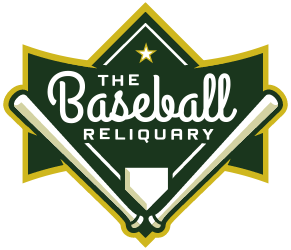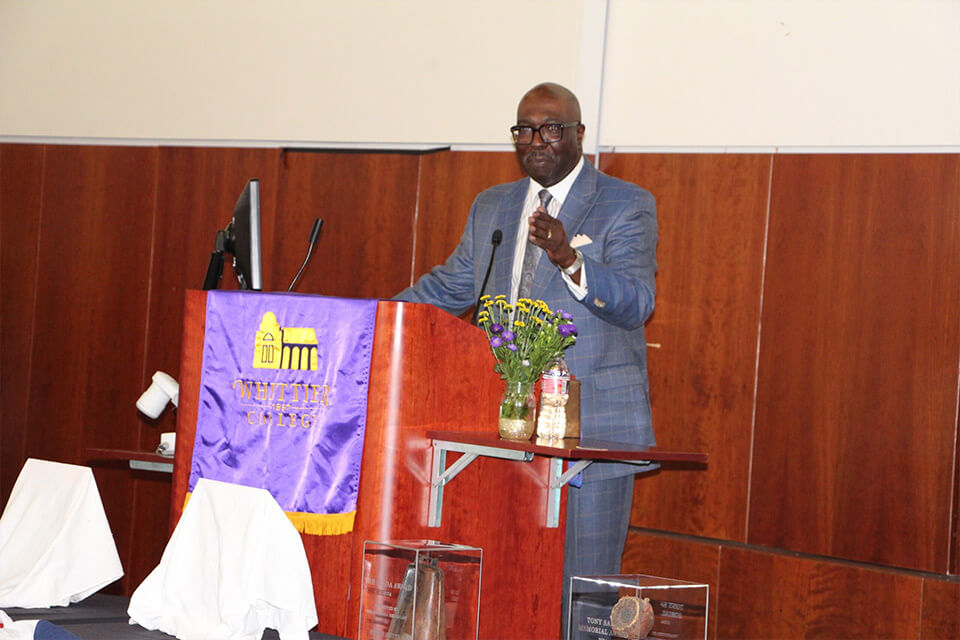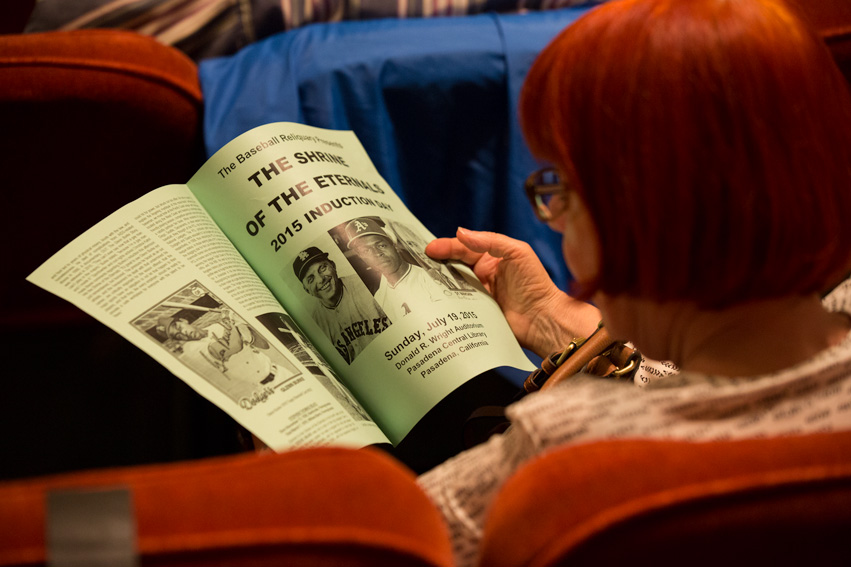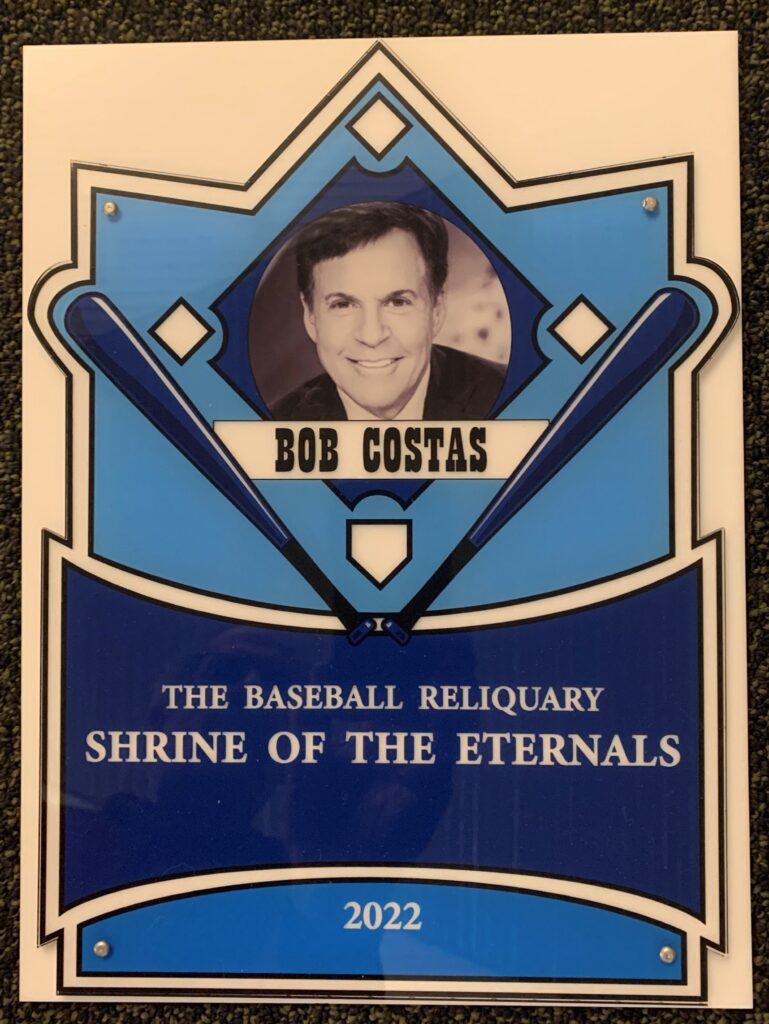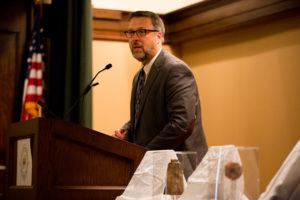The Baseball Reliquary, Inc. has announced its list of fifty eligible candidates for the 2020 election of the Shrine of the Eternals, the membership organization’s equivalent to the Baseball Hall of Fame. This year marks the 22nd annual election of the Shrine, a major national component of the Baseball Reliquary, a Southern California-based organization dedicated to fostering an appreciation of American art and culture through the context of baseball history. The 63 individuals previously elected to the Shrine of the Eternals are, in alphabetical order: Jim Abbott, Dick Allen, Roger Angell, Emmett Ashford, Billy Beane, Moe Berg, Sy Berger, Yogi Berra, Steve Bilko, Ila Borders, Jim Bouton, Jim Brosnan, Charlie Brown, Bill Buckner, Glenn Burke, Roberto Clemente, Steve Dalkowski, Dizzy Dean, Rod Dedeaux, Jim Eisenreich, Dock Ellis, Nancy Faust, Eddie Feigner, Lisa Fernandez, Mark Fidrych, Curt Flood, Ted Giannoulas, Josh Gibson, Jim “Mudcat” Grant, Pete Gray, Arnold Hano, William “Dummy” Hoy, Bo Jackson, Shoeless Joe Jackson, Bill James, Dr. Frank Jobe, Tommy John, Bill “Spaceman” Lee, Roger Maris, Marvin Miller, Minnie Minoso, Manny Mota, Don Newcombe, Lefty O’Doul, Buck O’Neil, Satchel Paige, Jimmy Piersall, Pam Postema, J.R. Richard, Jackie Robinson, Rachel Robinson, Lester Rodney, Pete Rose, Vin Scully, Rusty Staub, Casey Stengel, Luis Tiant, Bob Uecker, Fernando Valenzuela, Bill Veeck Jr., Maury Wills, Kenichi Zenimura, and Don Zimmer.
The Shrine of the Eternals is similar in concept to the annual elections held at the Baseball Hall of Fame, but differs philosophically in that statistical accomplishment is not a criterion for election. Rather, the Shrine’s annual ballot is comprised of individuals – from the obscure to the well-known – who have altered the baseball world in ways that supersede statistics.
On a procedural level, the Shrine of the Eternals differs significantly from the Baseball Hall of Fame in the manner by which electees are chosen. While the Baseball Hall of Fame’s electees are chosen in voting conducted by a select group of sportswriters or committees, the Baseball Reliquary chooses its enshrinees by a vote open to the public. A screening committee appointed by the Reliquary’s Board of Directors prepares a ballot consisting of fifty candidates, on which the membership votes annually. The three candidates receiving the highest percentage of votes gain automatic election.
Among the fifty eligible candidates, eleven individuals appear on the Shrine of the Eternals ballot for the first time. The newcomers, in alphabetical order, are:
Felipe Alou (b. 1935) – The oldest of the Alou trinity to play the outfield together in a game, he became an all-star and manager of the team with the fourth Alou, his Moises
Dusty Baker (b. 1949) – Mentored as a player by Hank Aaron, he twice narrowly missed WS championships as a manager with the Giants and Cubs
Jesse Cole (b. 1985) – Conceived and directed the Savannah Bananas who aspire to become the Harlem Globe Trotters of baseball
Jack Dunn (1872-1928) – Owner and manager of the Baltimore team that first sold Ruth, dunning him “Babe” in the transfer to the Red Sox
Jim Joyce (b. 1955) – Umpire who blew the call at first on the 27th out to prevent Armando Galarraga from achieving perfection for the Tigers
Jack Kerouac (1922-1969) – The Beat Generation author who, as a passionate baseball fan, played various statistically oriented table-top games, and early “Rotisserie” player
John Kruk (b. 1961) – During his ten-year career, he compiled a .300 batting average and he retirement he still bats .300 as an analyst for televised games
Charlie Lau (1933-1984) – A mediocre catcher during his playing career, he became the hitting guru for the Royals during their successful run in the ’70s
Ron LeFlore (b. 1948) – While incarcerated for a robbery conviction, he discovered baseball, which transformed his life and helped him revitalize the Tigers during the 1970s
Max Patkin (1920-1999) – After cartwheeling around the bases during an Armed Service game in WWII, he was encouraged to pursue his comic routines by Joe DiMaggio
Bugs Raymond (1882-1912) – A talented, hardened, hopeless, alcoholic pitcher who rebuffed John McGraw rehabilitation efforts
The complete list of all fifty candidates for the 2020 election of the Shrine of the Eternals follows. Election packets, containing ballots and biographical profiles of all candidates, will be mailed to Baseball Reliquary members on April 1, 2020. To be eligible to vote, all persons must have their minimum $25.00 annual membership dues paid as of March 31, 2020.
The three new inductees will be announced in May, with the Induction Day ceremony scheduled for July 19, 2020. In addition to the presentation of plaques to the 2020 inductees, this year’s ceremony will honor the recipients of the 2020 Hilda Award (named in memory of Hilda Chester and acknowledging a baseball fan’s exceptional devotion to the game) and the 2020 Tony Salin Memorial Award (presented annually to an individual dedicated to the preservation of baseball history).
For additional information on the Shrine of the Eternals, contact Terry Cannon, Executive Director of the Baseball Reliquary, at P.O. Box 1850, Monrovia, CA 91017; by phone at (626) 791-7647; or by e-mail at terymar@earthlink.net.
The Shrine of The Eternals
The number to the right of candidates’ names indicates the number of years on the Shrine of the Eternals ballot.
- Felipe Alou (New!)
- Dusty Baker (New!)
- Ralph Branca (4)
- Chet Brewer (21)
- Octavius V. Catto (8)
- Rocky Colavito (8)
- Jesse Cole (New!)
- Tony Conigliaro (2)
- Charles M. Conlon (19)
- Bob Costas (7)
- Jack Dunn (New!)
- Leo Durocher (6)
- Luke Easter (6)
- Charlie Finley (10)
- Rube Foster (22)
- Julio Franco (2)
- Ernie Harwell (17)
- Mamie Johnson (7)
- Cleon Jones (2)
- Jim Joyce (New!)
- Jack Kerouac (New!)
- John Kruk (New!)
- Charlie Lau (New!)
- Ron LeFlore (New!)
- Melissa Ludtke (2)
- Effa Manley (22)
- Dr. Mike Marshall (15)
- Tug McGraw (17)
- Denny McLain (7)
- Fred Merkle (14)
- Masanori Murakami (3)
- Hideo Nomo (9)
- Dave Parker (7)
- Max Patkin (New!)
- Joe Pepitone (10)
- Vic Power (12)
- Charley Pride (6)
- Bugs Raymond (New!)
- Pete Reiser (8)
- Bing Russell (5)
- Annie Savoy (10)
- Justine Siegal (2)
- Janet Marie Smith (3)
- John Thorn (4)
- Jim Thorpe (3)
- Mike Veeck (4)
- Chris von der Ahe (6)
- Rube Waddell (22)
- Bill White (3)
- John Young (8)
